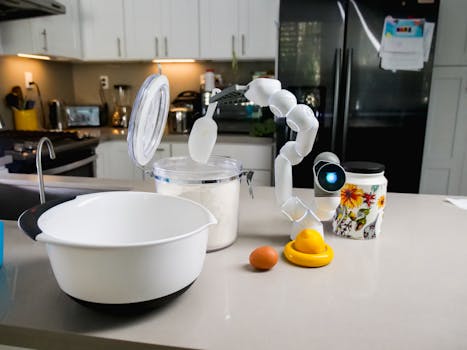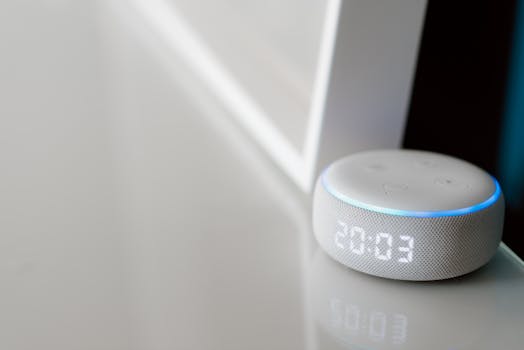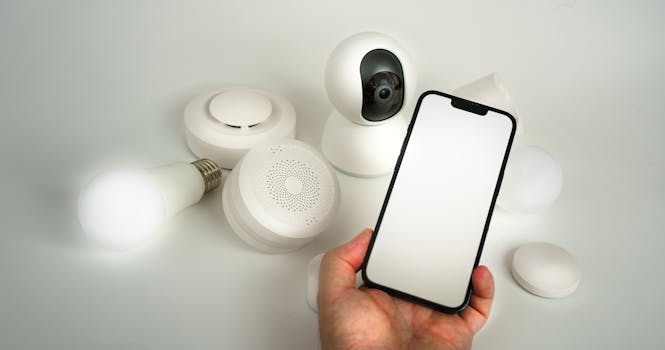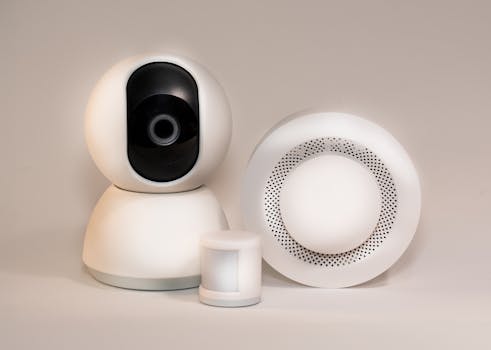
Smart Homes 2025: The Rise of AI-Driven Devices
Smart Homes 2025: The Rise of AI-Driven Devices is a technological advancement that is transforming the way we live, work, and interact with our living spaces. With the integration of Artificial Intelligence (AI) and Internet of Things (IoT) devices, smart homes are becoming more intelligent, automated, and responsive to our needs.
Introduction to Smart Homes

A smart home is a dwelling that incorporates advanced technology to provide occupants with a high level of comfort, convenience, and energy efficiency. Smart homes use a network of devices, sensors, and controllers to monitor and control various aspects of the home, such as lighting, temperature, security, and entertainment.
AI-Driven Devices in Smart Homes

AI-driven devices are the backbone of smart homes, enabling them to learn, adapt, and respond to the occupants’ preferences and habits. These devices use machine learning algorithms to analyze data from various sensors and make decisions to optimize the home’s performance. Some examples of AI-driven devices in smart homes include:
- Smart thermostats that learn the occupants’ temperature preferences and adjust the heating and cooling system accordingly.
- Smart lighting systems that adjust the lighting levels and color based on the time of day, occupancy, and ambient light.
- Smart security systems that use facial recognition and motion detection to identify potential threats and alert the authorities.
- Smart speakers that use voice recognition to control various devices and provide information on demand.
Benefits of AI-Driven Smart Homes

The integration of AI-driven devices in smart homes offers numerous benefits, including:
- Increased energy efficiency and cost savings.
- Enhanced comfort and convenience.
- Improved safety and security.
- Personalized experiences through tailored lighting, temperature, and entertainment settings.
Challenges and Limitations

While AI-driven smart homes offer many benefits, there are also challenges and limitations to consider. These include:
- High upfront costs for installation and equipment.
- Dependence on reliable internet connectivity and power supply.
- Concerns about data privacy and security.
- Need for regular software updates and maintenance.
Conclusion

In conclusion, Smart Homes 2025: The Rise of AI-Driven Devices is a revolutionary trend that is transforming the way we live and interact with our living spaces. With the integration of AI and IoT devices, smart homes are becoming more intelligent, automated, and responsive to our needs. While there are challenges and limitations to consider, the benefits of AI-driven smart homes far outweigh the drawbacks. As technology continues to evolve, we can expect to see even more innovative and sophisticated smart home solutions in the future.





